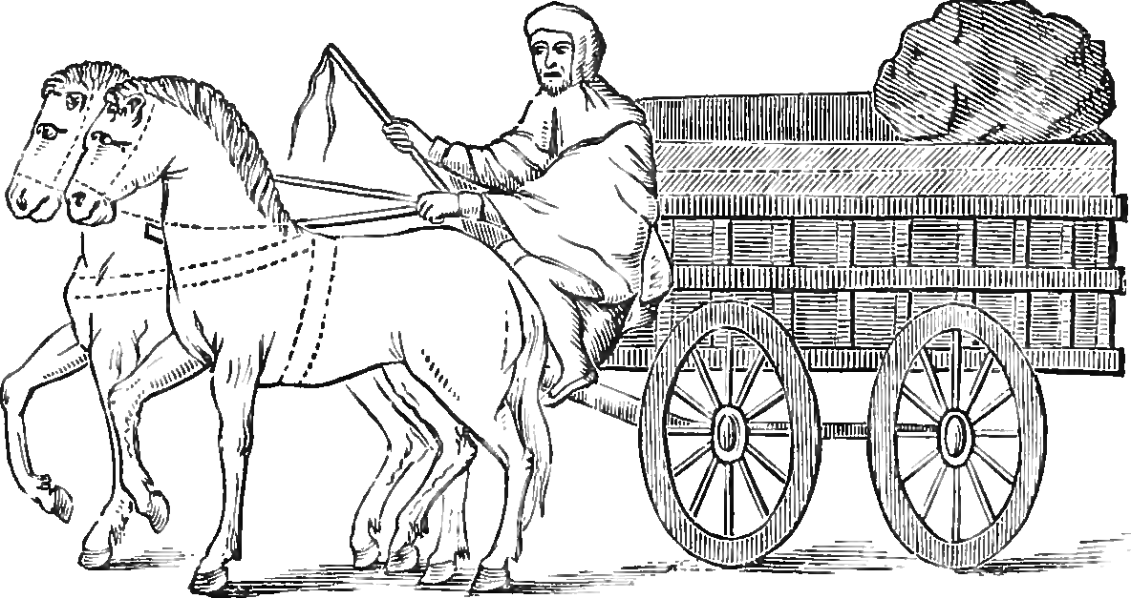<![CDATA[Potholes can be the most annoying road hazards one could come across. They are known to damage tires and other car parts, and according to the AAA, potholes cause motorists in the USA an annual damage totaling $6.4 billion. As it turns out these road hazards were despised even as far back as 2000 years ago. Archaeologists digging in Devon, outside of Exeter, UK, found evidence of road repair. The road surface was dated back to the time of the Roman Empire. Scientists from the University of Exeter began excavation work in Ipplepen, Devon, when Roman coins and a hair pin were found there. When digging, they found what seemed to be a highway with wheel ruts dating from 43 AD to 260 AD. These grooves were caused by chariots and carts that were driven by oxen and horses. What they found interesting about this place was that there were sections of the highway that were filled in with rocks and clay after the original rocks had been put in place. Experts believe that these infillings were made in order to make the road much smoother. When the Roman Empire occupied the British Isles, people travelled on land on horseback, which were pulled by oxen. They also walked on walkways called viae. Before the Roman Empire, there were no roadways such as the one found. Instead, there were roads that were uneven and zigzagged around, especially going uphill, in order to make the ascent easier. The Roman Empire, however, came in and changed the way roads were built. It was made law that a road be about 8 feet wide when straight, and 16 feet wide when curved. The engineers placed sticks and sheepskins as foundations in order to stop the road from sinking when built on boggy ground. After that, they would place foundations of clay, chalk and gravel, topped off by large, flat and smooth stones. To aid in water drainage, the sides of the roads sloped off. In urban areas, it was forbidden for heavy vehicles to use the roads in urban areas. All these requirements were to ensure that the roads wouldn't need constant repair. Of course, as you can imagine, these roads did need constant repairs. Dr. Ioana Oltean, archaeologist from the University of Exeter, states that the excavations were successful and gives a lot of information on life in the Roman Empire 2000 years ago. She states that these roads had to be perfect, or near perfect, because people from around the world would buy, sell, and transport goods on these roads. The Ipplepen area was a place well known for the shipment of coins, potteries and personal goods. Another archaeologist who worked on this project, Danielle Wootton, finds this discovery to be intriguing. She states that the road, judging by the extensive repairs done, must have been heavily used, and it is fascinating to think of what exactly were being transported on these roads and the people driving on them.]]>
Ancient Roman Pothole Repairs Discovered
